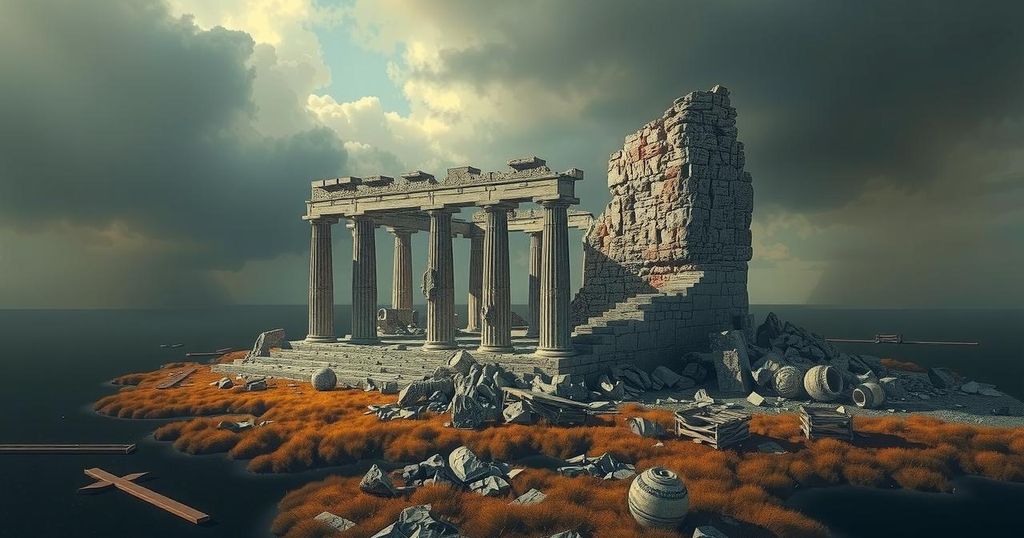A Cambridge don once interviewed a girl for a classics program who cited “Gladiator” as her only interest in the Roman world. While the original film presented the possibility of redeeming Rome, the sequel, “Gladiator II,” embraces a darker perspective, indicating that Rome was doomed. It depicts twin emperors engaged in endless wars, distracting the populace with violent entertainment, paralleling narratives about contemporary America under Trump.
Critics suggest that while “Gladiator II” satirizes Trump, it fails to align completely with his persona, who is considered anti-war. Instead, it reflects conservative concerns regarding America’s current trajectory, reminiscent of warnings about Rome’s fall. These concerns include asylum policies, moral degradation, and diminished civic spirit, echoing Elon Musk’s commentary on societal collapse.
Cultural decline is a pivotal theme, suggesting societies that flourish must maintain core values and traditions to prevent decay. Additionally, the portrayal of the concubines in “Gladiator II” raises questions about the fate of those who thrive in decadent regimes, highlighting a cycle of dependency and loss of purpose amidst imminent collapse.
An advertisement by Jaguar has been interpreted as emblematic of this cultural decay, showcasing models devoid of vitality, reminiscent of the despondence perceived in other societal figures. This reflects a broader trend in the West of neglecting foundational elements in favor of ephemeral novelty, leading to a lack of genuine innovation.
The political landscape mirrors the industrial decline, as power consolidates within a few elite families. Parallels drawn between Trump and Julius Caesar emphasize the struggle for power amidst chaos, drawing attention to the cyclical nature of societal crises. Despite this, Rome’s legacy includes persistent efforts to uphold its positive aspects even after its fall.
“Gladiator II” ultimately does not provide solutions to the issues it highlights, instead reveling in the violence it critiques. Its protagonist mirrors classical heroic archetypes while sidelining the broader implications of oppression. The film narrowly focuses on individual heroism, neglecting the collective suffering experienced throughout history, particularly regarding slaves and marginalized groups.
In summary, the evolution of cinematic representation in “Gladiator II” reflects both historical and contemporary American anxieties surrounding power, culture, and decay. The film’s nihilistic view underscores concerns regarding societal values, illustrating how the lessons of Rome resonate today. Although it critiques modern excesses and the fragility of civilization, it ultimately fails to offer constructive responses to these crises, emphasizing the ongoing struggle between individual greatness and collective responsibility.




